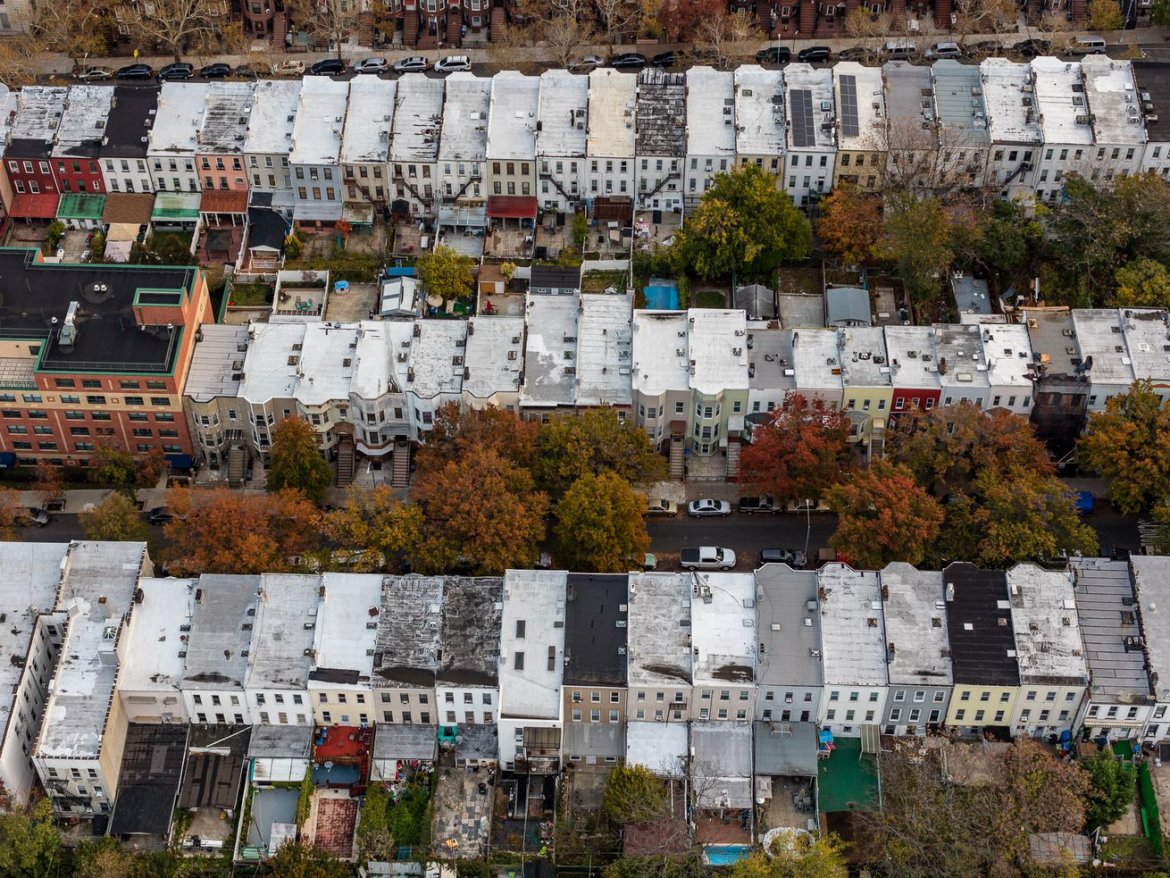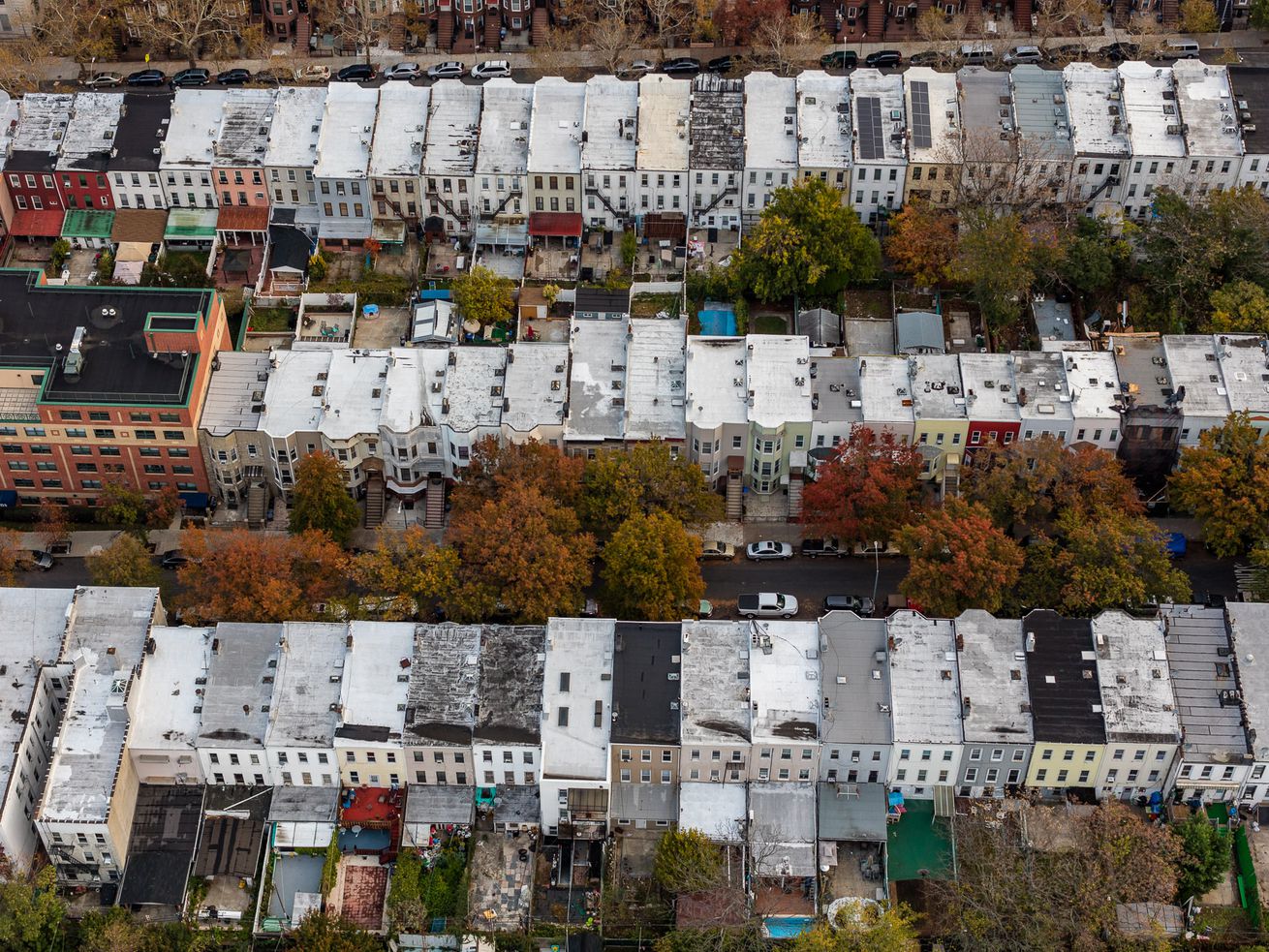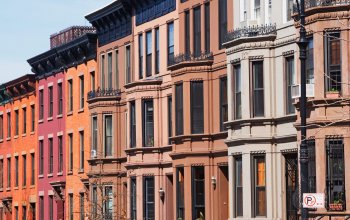
New York rents remain high—for now—despite coronavirus pandemic

Low inventory and apprehensive landlords squeeze the city’s rental market
The novel coronavirus pandemic’s effects on New York’s real estate market are beginning to come into focus as economists reflect on the startling differences in buying and selling activity between the beginning and end of the year’s first quarter. StreetEasy released its Q1 market report on Friday, and the numbers reflect a city whose core industry has profoundly changed in a matter of weeks.
The last two weeks of March show just how acutely the pandemic has taken a toll on the city’s real estate industry. New rental and sales inventory plummeted throughout the month, with 52 percent fewer rentals up for grabs in the second half of March compared with the first, and a 73 percent decrease in sales inventory in that same time. Meanwhile, despite workarounds like digital showings and closings, the amount of homes entering contract between the beginning and end of March plummeted by 58 percent.
Leading up to the pandemic’s rapid spread throughout the city, New York sales prices entered their third year of slowdown, while rents rose at a more rapid clip. Despite the drop-off in rental inventory over March, asking rents changed only minimally throughout Q1. The percentage of landlords offering rent reductions upon new lease signing even decreased by 20 percent as landlords girded their pockets against future economic uncertainty. Instead of offering breaks in rent, landlords have opted instead to keep units off the rental market altogether for the time being, and wait it out until things begin to stabilize.
“In times of lower demand similar to what we’re seeing now, landlords often take their properties off the market and wait until demand normalizes again before listing,” says StreetEasy economist Nancy Wu. “Of the landlords who are keeping their units on the market, many are offering non-traditional incentives such as short-term leases on top of the typical concessions. Many landlords may also be avoiding listing inventory right now to minimize in-person contact.”
On March 20, Gov. Andrew Cuomo ordered all non-essential workplaces to close statewide, putting the kibosh on in-person real estate showings for the time being. But the industry forged ahead with video walkthroughs and virtual showings, the former of which quadrupled on StreetEasy in March over February. Daily walkthrough video views on the platform spiked by eight times for renters and three times for buyers in that period.
Despite the economic uncertainty brought on by the pandemic, the median rent in Manhattan reached a record high in StreetEasy’s Price Index in Q1 of $3,324, a 3.4 percent annual increase. Meanwhile, Manhattan’s median sales price dropped to $1.07 million, a six-year low for the borough. The rise in rental prices was happening prior to COVID-19, as would-be buyers decided to wait on purchasing and continued to rent, contributing more demand to the market and driving up rental prices across the city.
Brooklyn sales and rental prices have to this point remained relatively unchanged by the pandemic. Brooklyn rents increased 5.2 percent year-over-year to reach a record high of $2,755. StreetEasy’s Brooklyn sales price index remained the same year-over-year at $704,783.
In Queens, the median sales price has remained relatively stagnant for three years now at $512,533, though listings are sitting on the market a median of 85 days, a little over a week longer than last year. StreetEasy predicts the pandemic could cause sales in the borough to slow even more. Rents in Queens, however, also reached an all-time high of $2,215 on StreetEasy’s index.
“Economic uncertainty is causing understandable hesitation from buyers, sellers, and renters,” says Wu. “In the best-case scenario, home-shopping season has simply been postponed for a few months. With so many variables—including how COVID-19 may spread, and other policy and economic reactions to the virus—it’s too soon to try and predict what will happen. But if coronavirus does in fact trigger a global recession, we could see prices and buyer activity levels mimic what happened during the 2008 financial crisis.”
The median recorded sales price in many neighborhoods across the city fluctuated wildly between the first quarters of 2019 and 2020. Nolita saw a startling 173 percent increase in its median recorded sales price year-over-year, bringing it to $2.33 million. Midtown saw an 85 percent increase to $3.34 million, while Cobble Hill’s jumped 68 percent to $2.65 million and Prospect Lefferts Gardens’ rose 57 percent to $1.1 million.
On the other end of the spectrum, the steepest drop in year-over-year median recorded sales price occurred in Midtown South, where prices dropped 62.8 percent to $795,000. Central Park South trailed with a 50.2 percent decrease in median recorded sales price to $1.23 million. Carroll Gardens saw a 38.7 percent decrease to $1.475 million.
Love where you live
Be Heard at Go Home NY
Be heard! Leave your apartment, condo, and coop building reviews at Go Home NY! Know a building's managers are awful? Have the inside line on a perfect building? Anything in between? Express your voice and be heard. Leave a review at Go Home NY.


